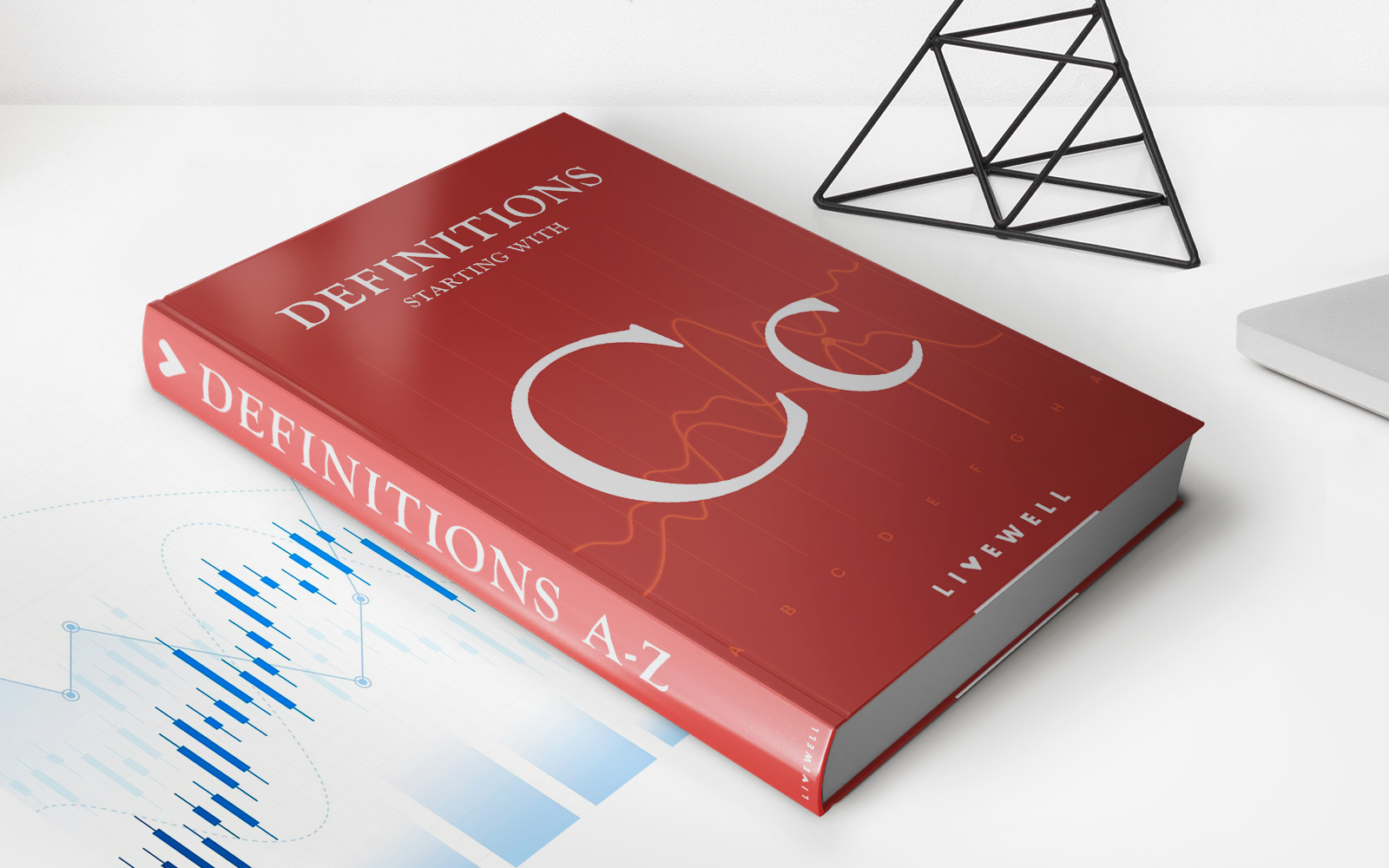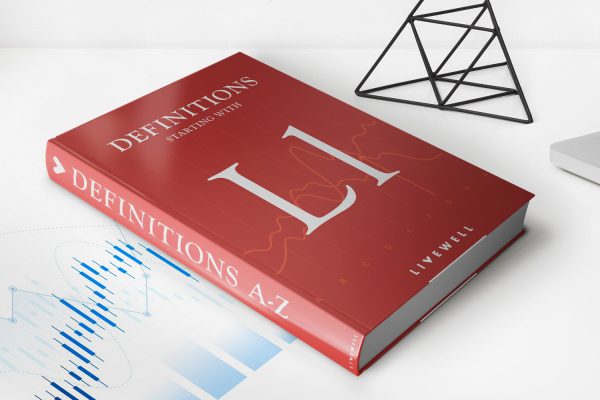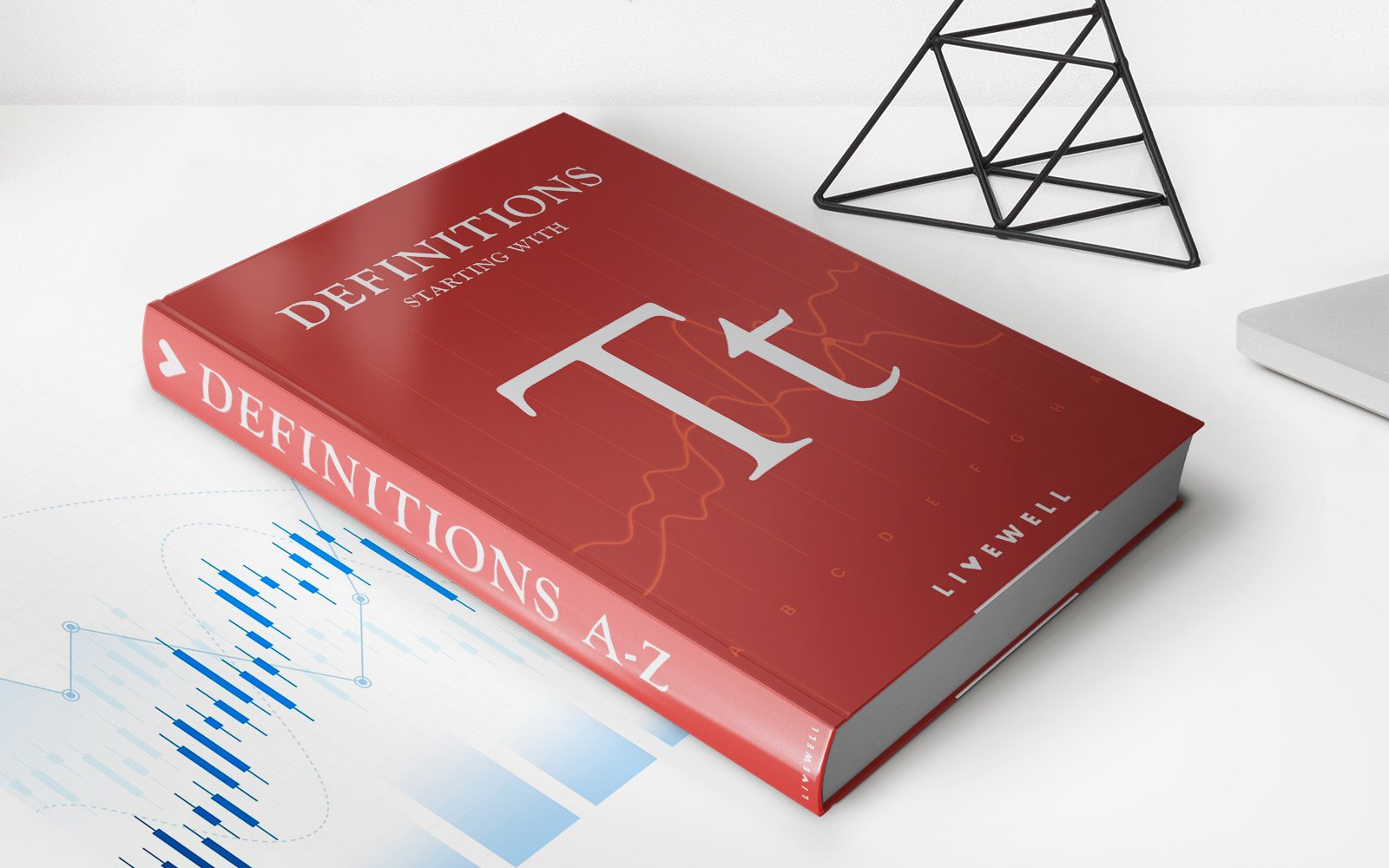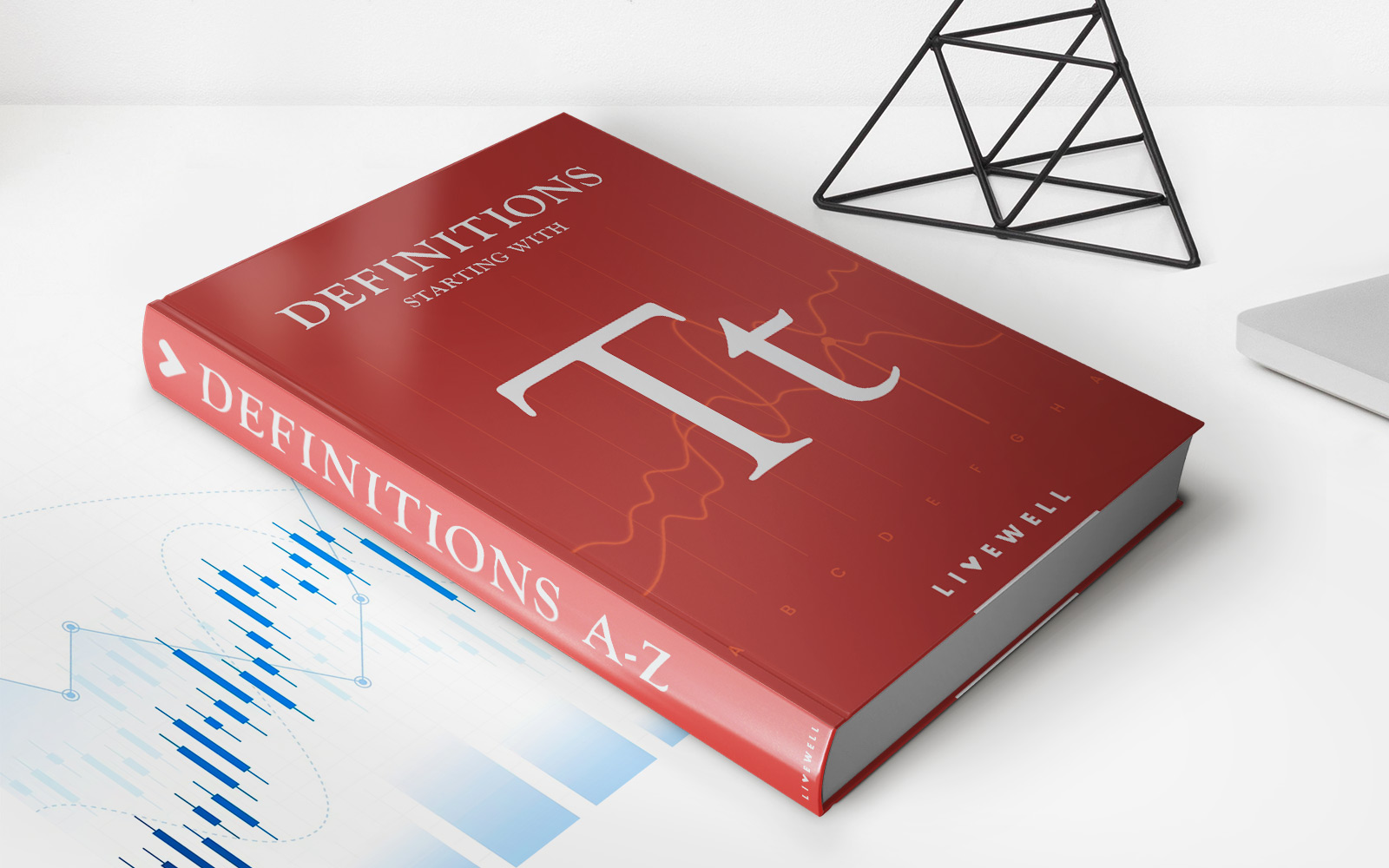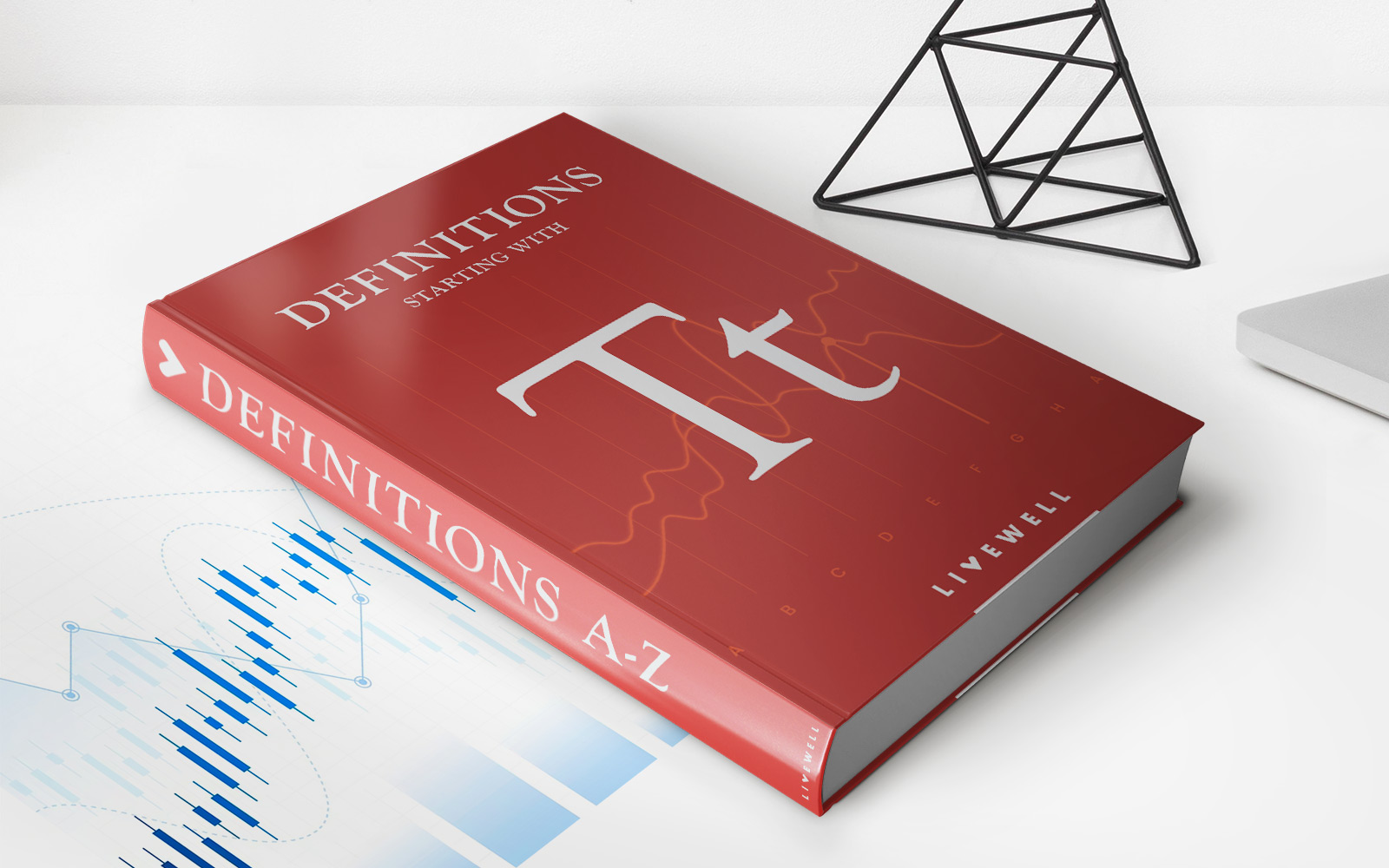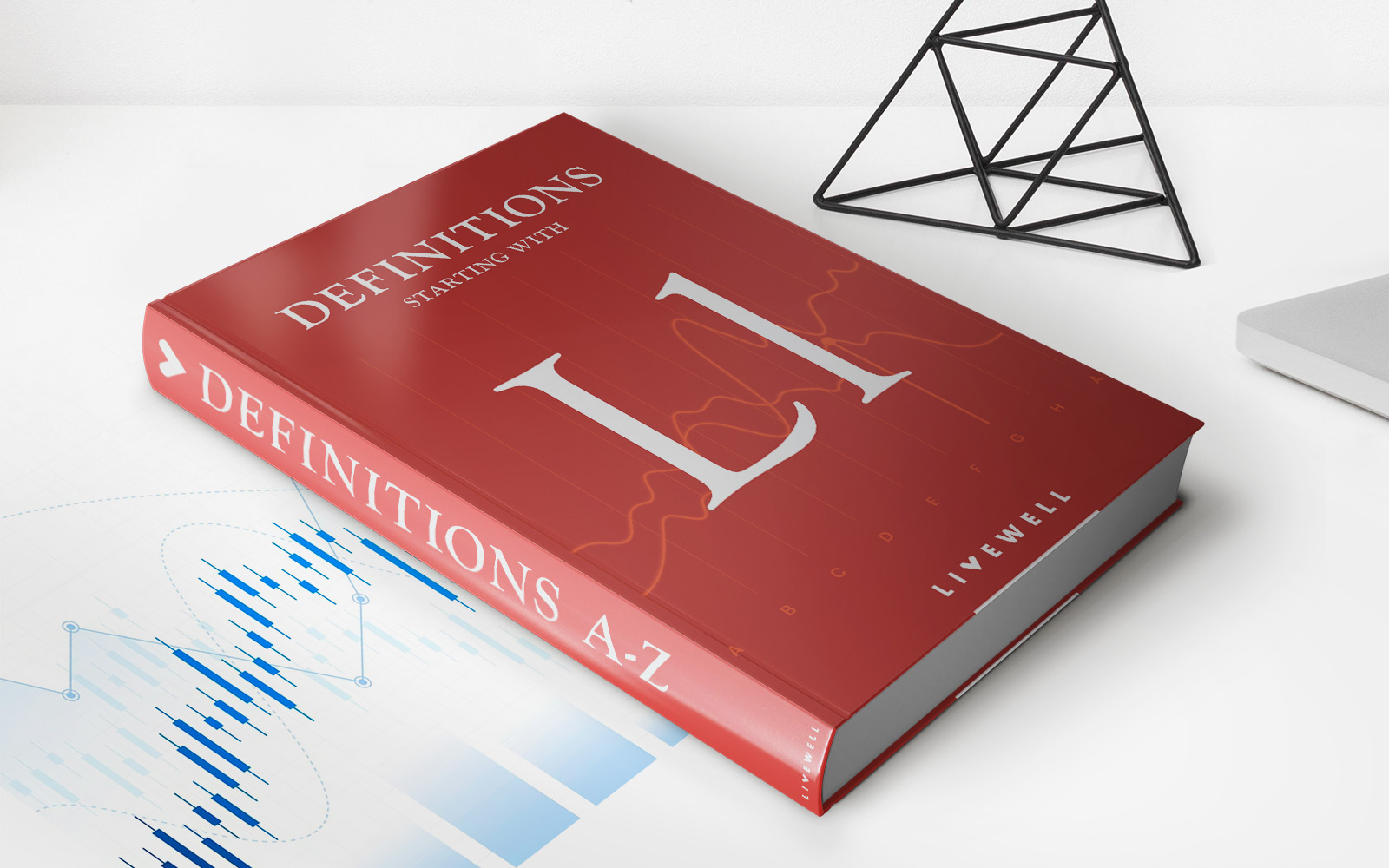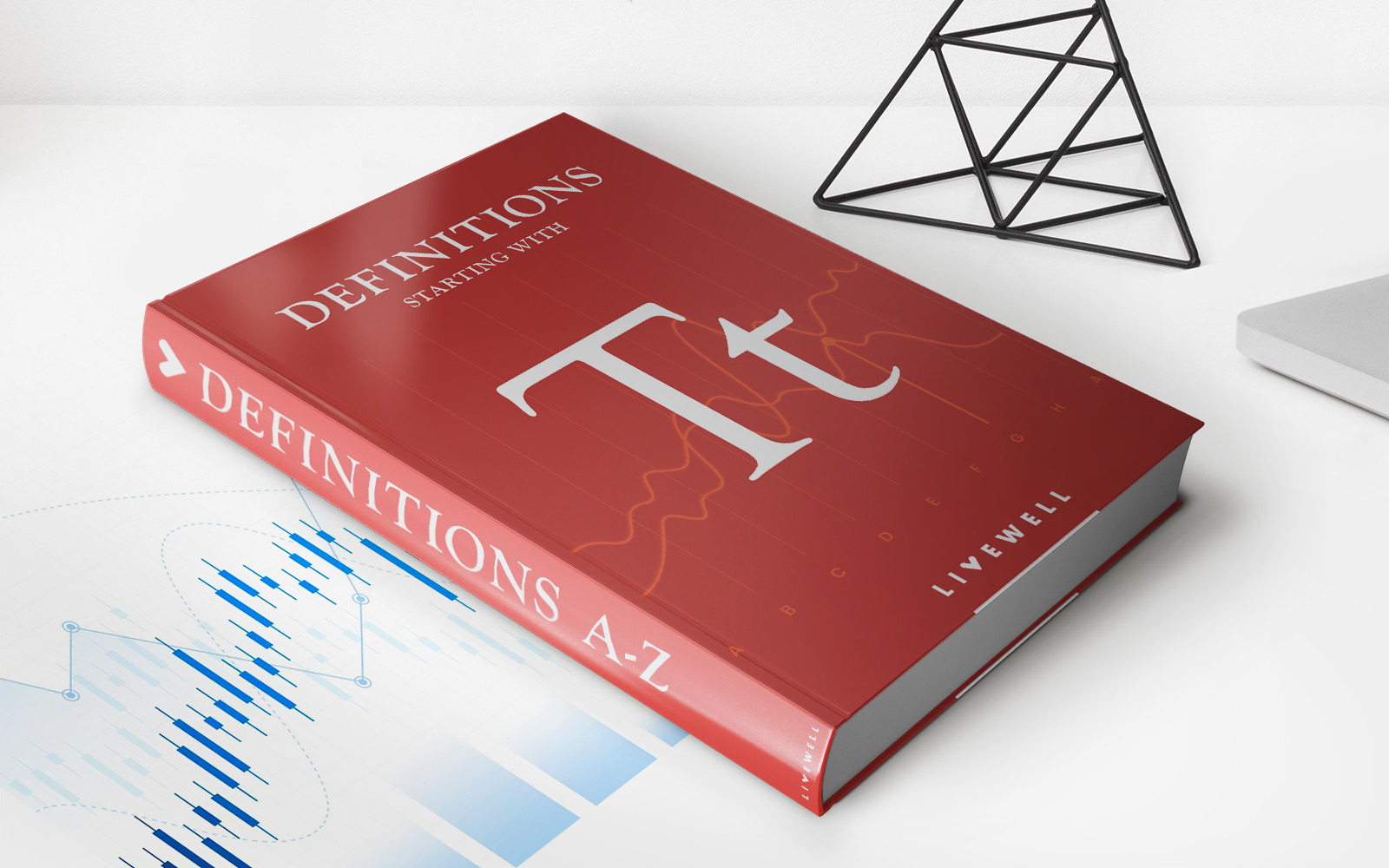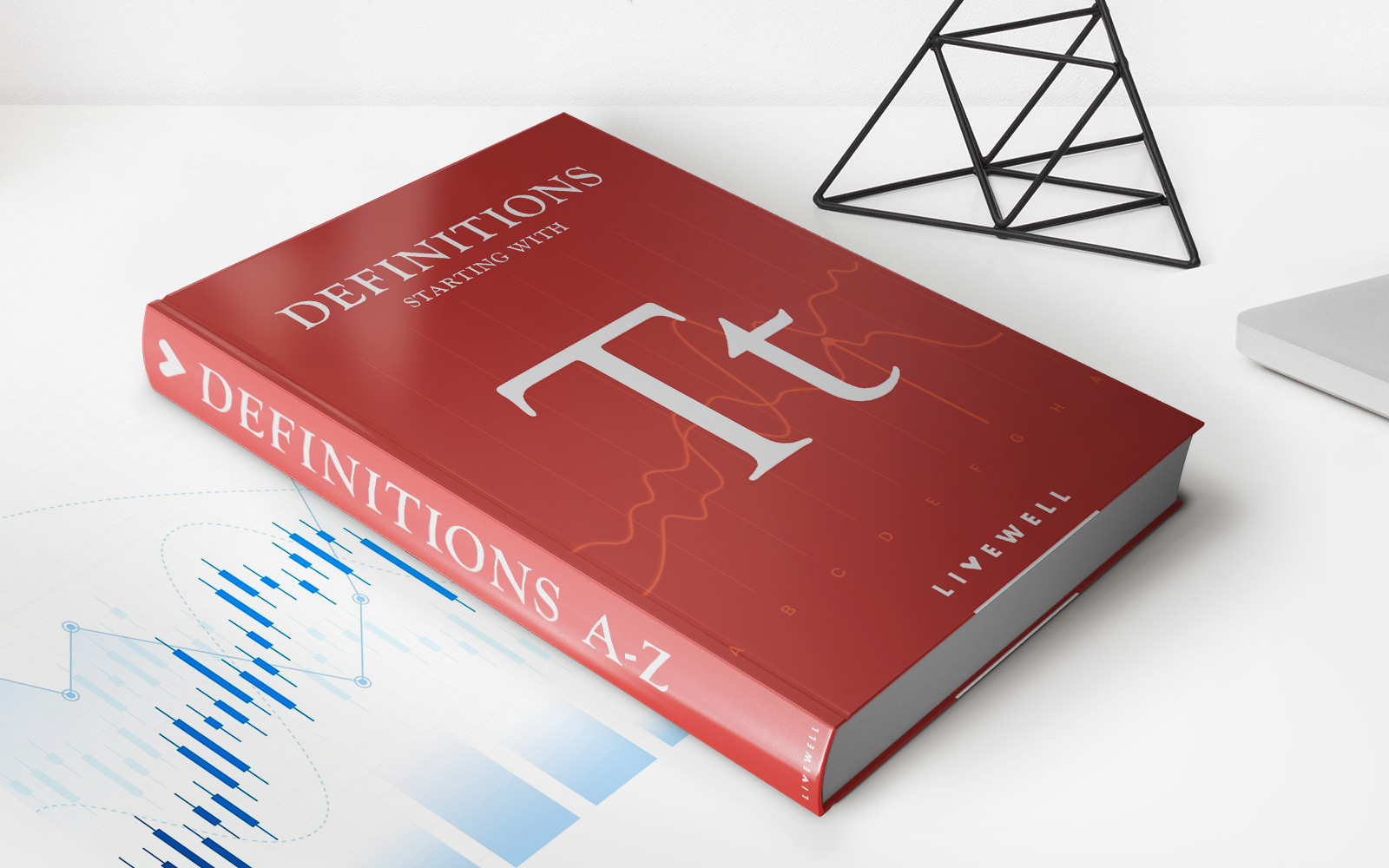Home>Finance>Tier 3 Capital: Definition, Examples, Vs. Tier 1 And Tier 2
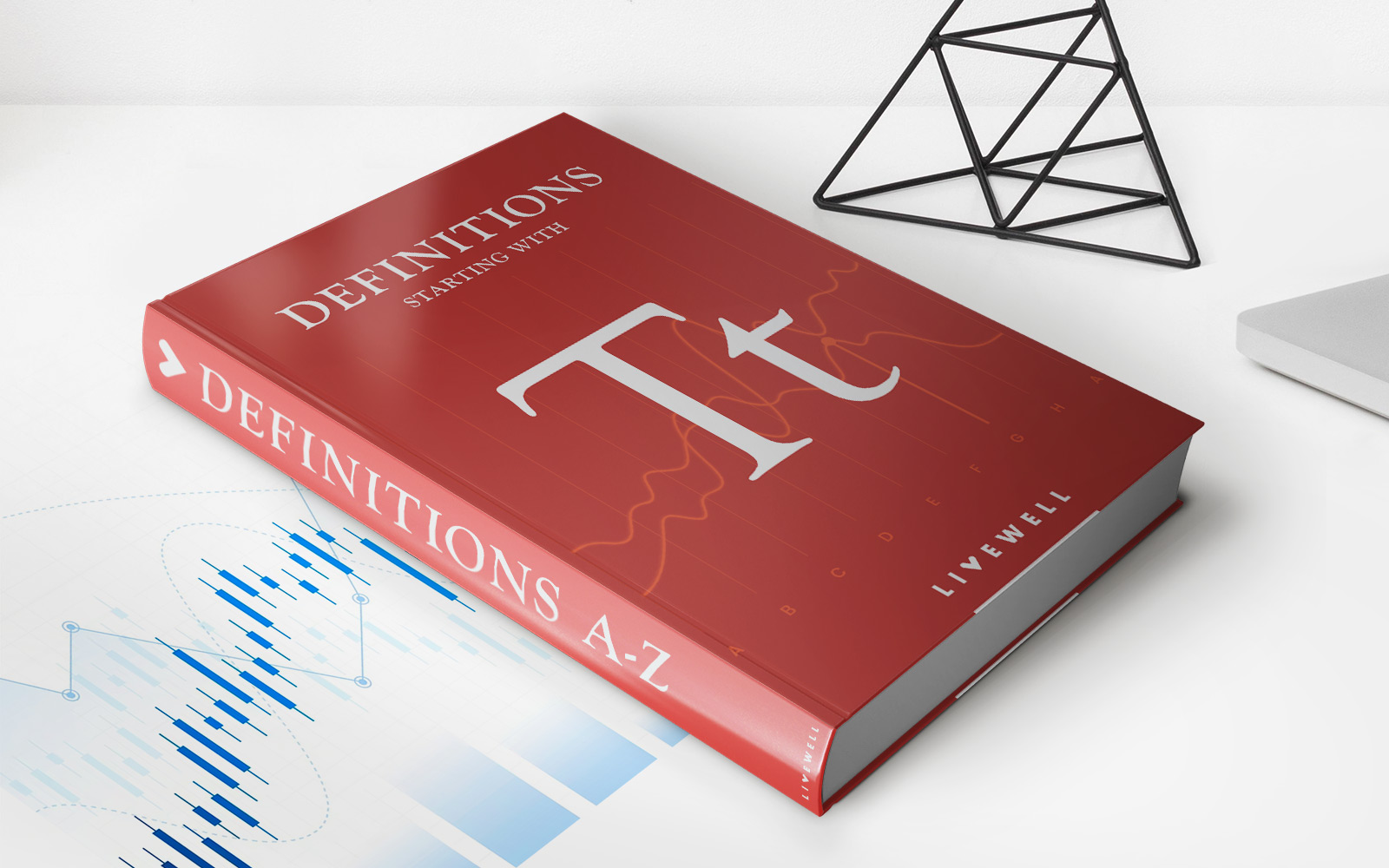

Finance
Tier 3 Capital: Definition, Examples, Vs. Tier 1 And Tier 2
Published: February 8, 2024
Discover the meaning and examples of Tier 3 capital in finance, and learn how it compares to Tier 1 and Tier 2, ensuring a solid understanding of capital structure.
(Many of the links in this article redirect to a specific reviewed product. Your purchase of these products through affiliate links helps to generate commission for LiveWell, at no extra cost. Learn more)
Understanding Tier 3 Capital: Definition, Examples, vs. Tier 1 and Tier 2
When it comes to the world of finance, capital plays a crucial role in determining the stability and strength of a financial institution. Banks and other financial institutions are required to maintain a certain level of capital to protect against potential losses and provide a cushion in times of financial distress. Tier 3 Capital is one such category within the framework of capital adequacy regulations. In this blog post, we will explore the definition of Tier 3 Capital, provide examples, and compare it to Tier 1 and Tier 2 Capital.
Key Takeaways:
- Tier 3 Capital is the lowest level of capital within the regulatory framework.
- It consists of subordinated debt and undisclosed reserves.
What is Tier 3 Capital?
Tier 3 Capital, also known as supplementary capital, represents the lowest level of capital within the regulatory framework. It is considered less reliable than Tier 1 and Tier 2 Capital and is used mainly to support market risk, credit risk, and operational risk. Tier 3 Capital includes subordinated debt and undisclosed reserves, which are subject to certain restrictions and limitations.
As per regulatory guidelines, Tier 3 Capital must meet specific criteria, including having a minimum maturity of at least two years and not being callable within that period without supervisory approval. The inclusion of undisclosed reserves is subject to approval from regulators and is limited to a certain percentage of the institution’s Tier 1 Capital. These measures ensure that Tier 3 Capital is of sufficient quality to absorb losses and act as a buffer during times of financial stress.
Examples of Tier 3 Capital
Examples of Tier 3 Capital instruments include:
- Subordinated debt: This refers to debt securities that have a lower claim on the issuer’s assets compared to other creditors in the event of liquidation. Subordinated debt holders have a higher risk profile but are compensated with higher interest rates.
- Undisclosed reserves: These are profits retained by a financial institution and not disclosed in their financial statements. Regulators may permit a certain percentage of undisclosed reserves to be included as Tier 3 Capital, providing an additional layer of protection.
By including these instruments as Tier 3 Capital, financial institutions can strengthen their capital structure, improve their risk management capabilities, and enhance their ability to withstand financial shocks.
Tier 1 vs. Tier 2 vs. Tier 3 Capital: What’s the Difference?
Now, let’s compare Tier 3 Capital with Tier 1 and Tier 2 Capital to understand the differences:
Tier 1 Capital:
- Comprises of core capital, such as common equity and disclosed reserves.
- Considered the highest quality capital as it provides the most protection against losses.
- Used to absorb losses without the bank or financial institution becoming insolvent.
- Plays a vital role in maintaining the stability and solvency of the institution.
Tier 2 Capital:
- Comprises of supplementary capital, including subordinated debt and revaluation reserves.
- Provides an additional layer of protection against losses.
- Used to absorb losses once Tier 1 Capital is depleted.
- Improves the institution’s ability to withstand financial stress.
Tier 3 Capital:
- Comprises of subordinated debt and undisclosed reserves.
- Considered the least reliable form of capital.
- Primarily used to support market risk, credit risk, and operational risk.
- Serves as a backstop, providing an extra layer of protection in times of financial distress.
Overall, the different tiers of capital provide a hierarchical structure that ensures financial institutions have sufficient capital buffers to handle various risks and uncertainties.
In Conclusion
Tier 3 Capital is an essential component of the regulatory capital framework for financial institutions. It provides an additional layer of protection against market risk, credit risk, and operational risk. Though considered the least reliable form of capital, Tier 3 Capital, incorporating subordinated debt and undisclosed reserves, plays a vital role in enhancing a bank’s ability to withstand financial stress. By understanding the distinctions between Tier 1, Tier 2, and Tier 3 Capital, financial institutions can build a robust capital structure that promotes stability and resilience.

